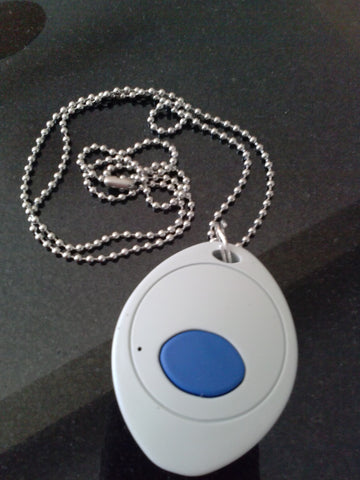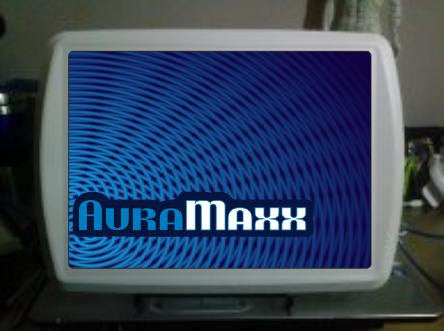For many years Ayurvedic and Traditional Chinese Medicine practitioners understood the flow of energy in the body. By influencing the Chakras or the Meridian System those practitioners would help us to maintain an energy balance.
For TCM practitioners acupuncture was the method used to move energy. The method has changed over the years. The type of needle used has certainly changed from what is believed to have been sharpened rock shards to metal needles. In some cases with electrical current running through them, this method is known as electroacupuncture.
This method has been confused with a testing method that is Electroacupuncture According to Dr. Voll. Also known as EAV.
In more recent years, the late 1940s, a German doctor, Reinhart Voll, developed a method for the measurement of the bodies energy flow utilizing the meridian system as defined by TCM.
Just as the electrical energy of the brain can be measured by means of an EEG or the electrical energy of the heart can be measured by an EKG.
So can the energy for all organ meridians be measured with EAV.
It should come as no surprise that just like the brain and heart every organ system in the body uses electric impulses or photons to communicate and function.
We acknowledge the function of the Mitochondria to produce the energy required for cellular metabolism. So it is not difficult to recognize this energy can and should be measured.
The process of EAV is done with a meter that was calibrated by Dr. Voll to designate 50 as the central balance point.
By having the test subject hold in one hand a grounding electrode, a small current in the range of 1.6 volts is applied to an acupuncture point to measure the ability for current to flow, or from another perspective to allow the measurement of the resistance to that electric current.
In keeping with the TCM thought process an organ system can be in an excessive state or a deficient state. Recognizing 50 as Dr. Voll’s arbitrary neutral reading. We can say that any reading below this mark is potentially deficient and any reading greater than 50 could be considered as excessive.
In practical application very few people are found to be perfectly balanced. So it is generally accepted that most people will be within a range of 45 to 55.
Another aspect of the EAV process that can be noted is what is known as a “drop”. That is a situation that occurs when an organ system is not able to hold the energy being applied and so the reading will drop significantly over the duration of the test. This may occur when there is either an excessive or deficient condition.
There is another simple test that can be done with an EAV device. That is to test compatibility with foods or substances. By placing the substance into the circuit during the testing procedure we will get an indication of whether this substance is a benefit or a detriment to the individual.
Many EAV devices are battery powered so they are extremely portable and can be used virtually anywhere.
There are also accessories and software that can be utilized with an EAV device to enhance the functionality of the unit.
This is just a brief synopsis of an EAV device. For more information please visit: www.matrixx.ca
- Optical point-location aid
- Point measurement with pressure monitoring probe
- Audio signals
- Bio-resonance test
- Incompatibility test
- Material test
- Environmental test
- Interference search
- Operational signals
- Complete basic accessories included
- Battery power optional with battery
- Output for computer interface
- Spreading of the scale (TP-Regulator)
- Silver electrodes optional for use as BFD device


